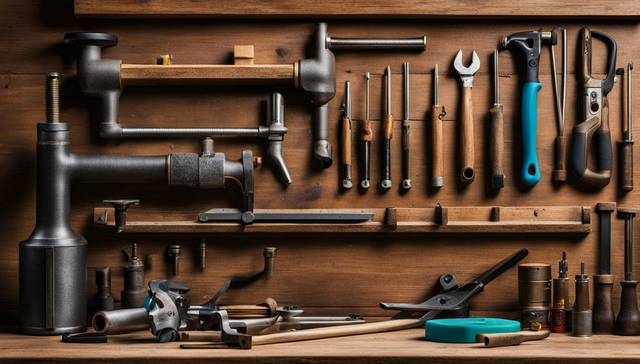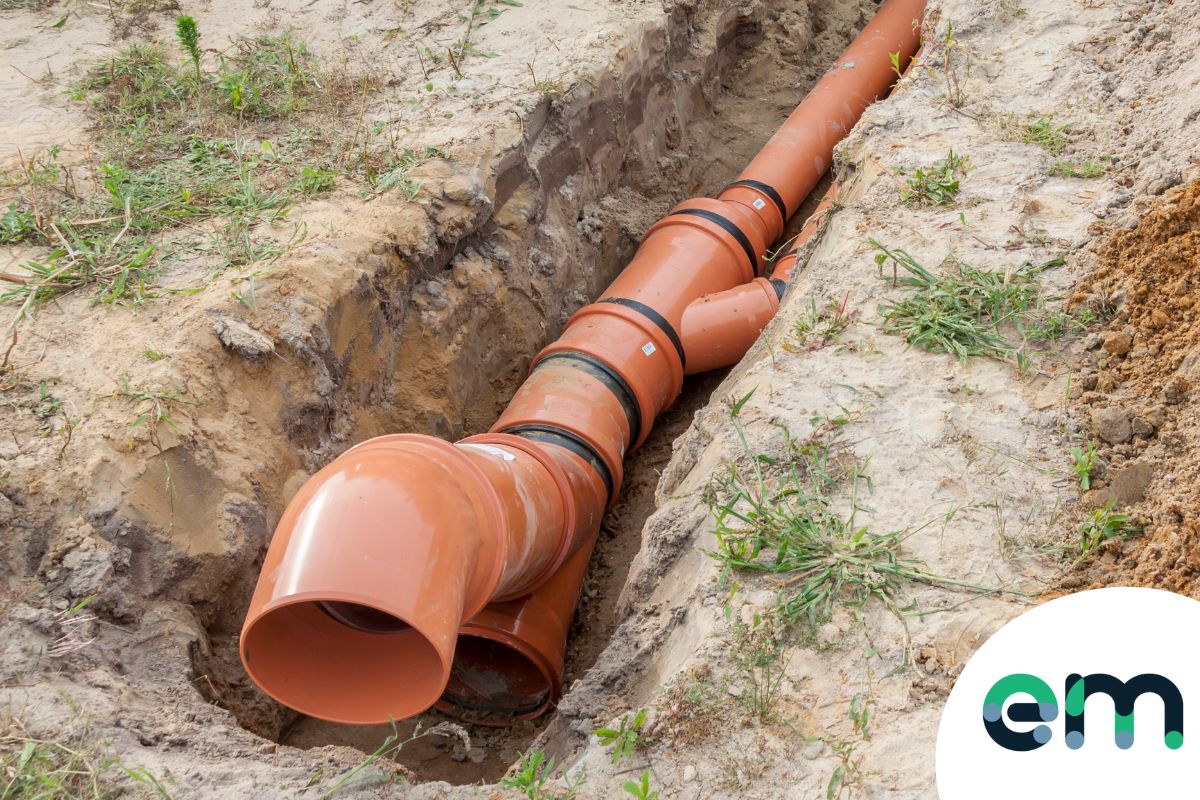Deciphering the Core Concepts of Home Plumbing: A Beginner's Overview
Deciphering the Core Concepts of Home Plumbing: A Beginner's Overview
Blog Article
The content listed below relating to How Does the Plumbing Work in Your Home? is unquestionably enjoyable. Check it out for your own benefit and figure out what you think of it.

Plumbing is a necessary facet of any home, responsible for providing clean water for drinking, food preparation, and bathing, in addition to getting rid of wastewater safely. Understanding the essentials of home plumbing is essential for each home owner to guarantee correct upkeep, troubleshooting, and, if necessary, repair services. In this newbie's overview, we'll cover the basic concepts of home plumbing to assist you come to be extra acquainted with just how it functions.
Water Heating Unit
The water heater is accountable for home heating water for residential usage, consisting of showering, food preparation, and cleaning. Common kinds of water heaters include tank-type water heaters, tankless (on-demand) water heaters, and heat pump water heaters. The water heater is linked to the water system system and provides warm water to plumbing components as needed.
Drain System
The drain system eliminates wastewater from your home and brings it away to a sewage treatment facility or septic system. It consists of a network of pipes, installations, and components that move wastewater from plumbing components to the major sewage system line or septic system. Correct water drainage is important to stop clogs, backups, and sewage leakages.
Air flow System
The air flow system assists maintain proper air pressure and prevent drain gases from entering your home. Vent pipes, additionally called air vent stacks, extend from plumbing components to the roof covering, enabling drain gases to run away safely outside. Ventilation pipes likewise permit air to enter the drainage system, helping with smooth wastewater flow and preventing suction or vacuum impacts.
Water Supply System
The supply of water system brings clean water right into your home from a local water source or an exclusive well. It includes a main water line that attaches to your home's plumbing system, normally located underground. A water meter gauges the amount of water consumed, while a shut-off shutoff allows you to manage the flow of water right into your home.
Plumbing Fixtures
Plumbing components are gadgets that supply water to different parts of your home and consist of sinks, faucets, commodes, showers, tubs, and devices such as dishwashing machines and washing makers. Each fixture is linked to the water supply system by means of pipes and fittings and might have its shut-off valve for maintenance or emergency situations.
Common Plumbing Devices
Having the right tools handy is important for executing basic plumbing repair work and upkeep tasks. Typical plumbing devices include adjustable wrenches, monkey wrench, pliers, pipeline cutters, hacksaws, plungers, augers (or drain snakes), and Teflon tape. Having these devices readily available can assist you take on minor plumbing problems successfully.
Basic Plumbing Repair Services
While some plumbing fixings might require expert help, several common problems can be resolved with standard DIY techniques. Knowing exactly how to deal with a dripping faucet, unclog a drain, replace a bathroom flapper, or fix a trickling showerhead can conserve you money and time on plumbing fixings.
Verdict
Understanding the basics of home plumbing is vital for each home owner to keep a secure, useful, and reliable plumbing system. By acquainting on your own with the water system, plumbing components, water drainage system, air flow system, usual plumbing devices, and fundamental repair services, you can with confidence deal with minor plumbing issues and ensure your home's plumbing system operates efficiently.
Plumbing for Beginners: A Comprehensive Guide
If you’re a beginner when it comes to plumbing, don’t worry; you’re not alone. Plumbing may seem intimidating, but with the right knowledge and a little practice, you can handle many common plumbing issues on your own. In this comprehensive guide, we will demystify the world of plumbing for beginners, providing you with the basic knowledge and skills needed to tackle common plumbing problems and even take on some DIY plumbing projects.
The Importance of Basic Plumbing Knowledge for Beginners:
First and foremost, basic plumbing knowledge gives you a solid foundation. It helps you grasp the key concepts and terminology that are essential in this field. By learning the basics, you’ll be able to build upon that knowledge and tackle more complex plumbing tasks in the future.
Having a basic understanding of plumbing also enables you to handle common issues that may arise in your home. Picture this: a leaky faucet or a clogged drain. With some basic plumbing knowledge, you’ll have the confidence to troubleshoot and fix these problems on your own. It saves you from unnecessary expenses and the hassle of waiting for a professional to arrive.
As a beginner, learning the basics of plumbing empowers you to take care of your own home. It gives you a sense of independence and self-reliance. You’ll no longer have to rely solely on professionals for every small issue that pops up. Instead, you can handle many tasks yourself, saving time and money in the process.
Remember, everyone starts as a beginner. Embrace the learning process and take small steps to expand your plumbing knowledge. There are plenty of online resources, tutorials, and even local workshops that talk about plumbing for beginners.
Essential Tools for Plumbing for Beginners
As you start your plumbing journey, having the right tools in your toolbox is crucial. Let’s explore some of the must-have tools:
Adjustable Wrench:
This versatile tool is a staple in any plumber’s toolbox. It allows you to tighten or loosen nuts and bolts of various sizes. Make sure to have an adjustable wrench with a comfortable grip.
Pipe Wrench:
A pipe wrench is specifically designed for gripping and turning pipes. It has serrated jaws that provide a strong grip, making it easier to loosen or tighten threaded pipes and fittings.
Plunger:
The plunger is a simple yet effective tool for clearing clogged drains and toilets. It creates suction when you push and pull, helping to dislodge blockages. Keep a good-quality plunger handy for those unexpected clogs.
Pipe Cutter:
When it comes to cutting pipes, a pipe cutter is your go-to tool. It creates clean, precise cuts without damaging the pipe. Look for a pipe cutter that can handle the pipe sizes you’re working with.
Hacksaw:
A hacksaw is useful for cutting through pipes, screws, and other materials. It’s a versatile tool that can handle different cutting tasks. Remember to use a blade suitable for cutting metal.
Tape Measure:
Accurate measurements are crucial in plumbing. A tape measure allows you to measure pipe lengths, distances, and dimensions accurately. Opt for a sturdy tape measure that extends a good length.
Pliers:
Pliers come in handy for various tasks, such as gripping, bending, and cutting. Slip-joint pliers with adjustable jaws are great for gripping pipes, nuts, and bolts.

Do you enjoy reading up on Plumbing basics: How your home plumbing works? Write a remark down below. We'd be happy to listen to your ideas about this posting. We hope that you come back again later on. Sharing is good. Helping others is fun. Thank you for going through it.
Call Today Report this page